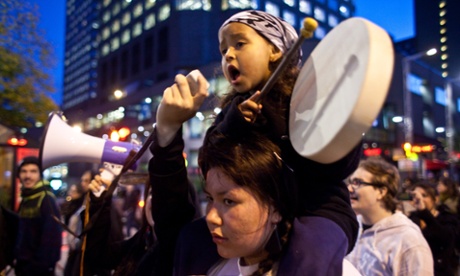A few Manitoba ranchers are breeding cattle back to their natural, grass-fed state. Here's why
Bill Redekopp, October 26, 2013, Winnipeg Free PressA decade ago, when BSE devastated cattle economics in Canada, the Bouw family had a collective epiphany.
The Bouws are cattle farmers. They raised cattle and ran a feedlot on which they fed the decades-old conventional diet of barley and corn to other people's cattle to raise them to slaughter weight.
A grain diet speeds weight gain so cattle get to market faster. It also produces larger animals. But cows are ruminants with four stomachs designed to digest grass, not grain. A rich grain diet causes cattle to contract diarrhea, and for some it becomes a chronic condition. The cattle also suffer acidosis, a very bad form of acid reflux.
To prevent cattle catching disease in this compromised state, and because feedlots keep cattle in close quarters where a disease can spread quickly and result in financial ruin, cows are fed antibiotics mixed into their feed as soon as they arrive as a preemptive strike.
But studies have begun showing those antibiotics can transfer to humans eating cooked meat. The fear is human overexposure to antibiotics could lead to resistant strains of bacteria. The United States Department of Agriculture recently recommended feedlots cut down their use of antibiotics.
The BSE crisis -- the discovery of a single cow with mad cow disease in 2003 that made Canadian beef a pariah internationally for a time -- caused a huge reassessment within the Bouw family. Family members saw themselves as addicts -- addicted to throwing money at big agriculture for an endless supply of feed supplements, antibiotics and growth hormones. The way to kick the habit was standing right in front of them, and under them, and all around them: grass. Just grass.
 |
| Photo: Ken Gigliotti, Winnipeg Free Press |
Today, Bouw brothers Jonathan and Stefan, along with parents Herman and Marilyn, don't just raise grass-fed beef on their farm near Anola, about 25 kilometres east of Winnipeg. They are re-breeding the cattle to get them back to their natural, grass-fed genetics so other ranchers can raise them. They are at the epicentre of the grass-fed beef movement.
Please read the entire article by clicking here.
- Submitted by Sara






